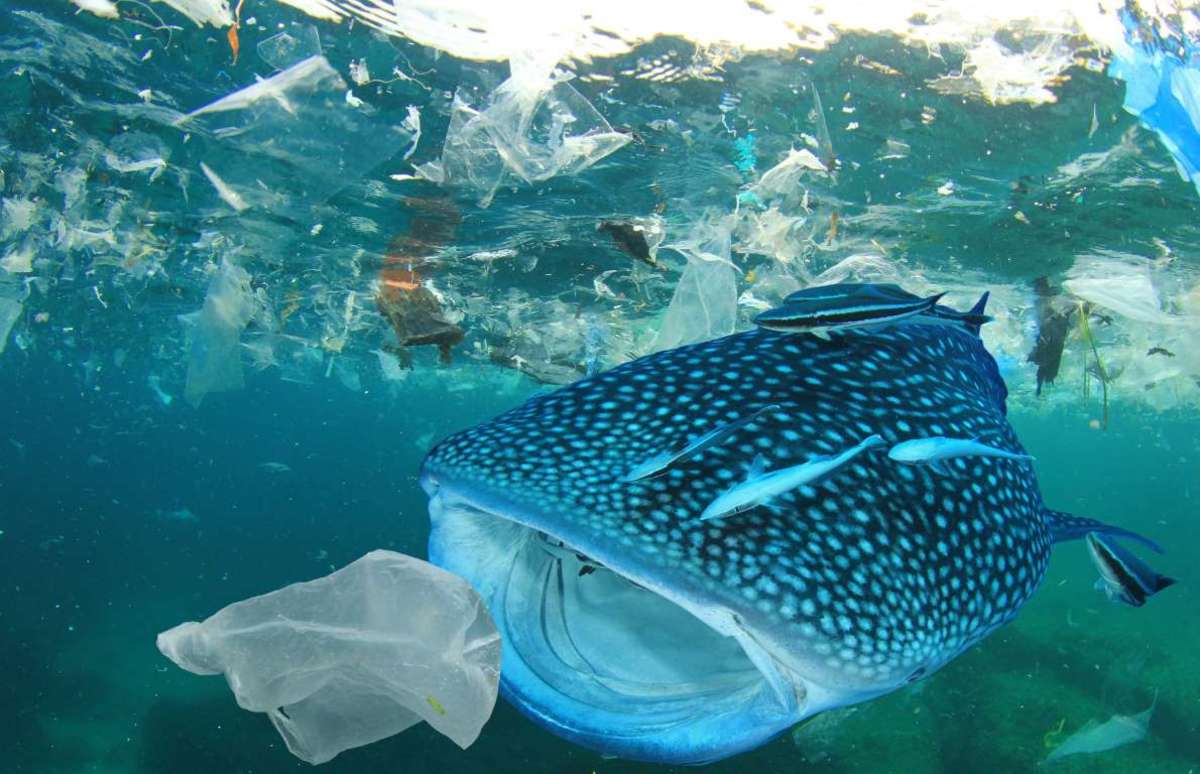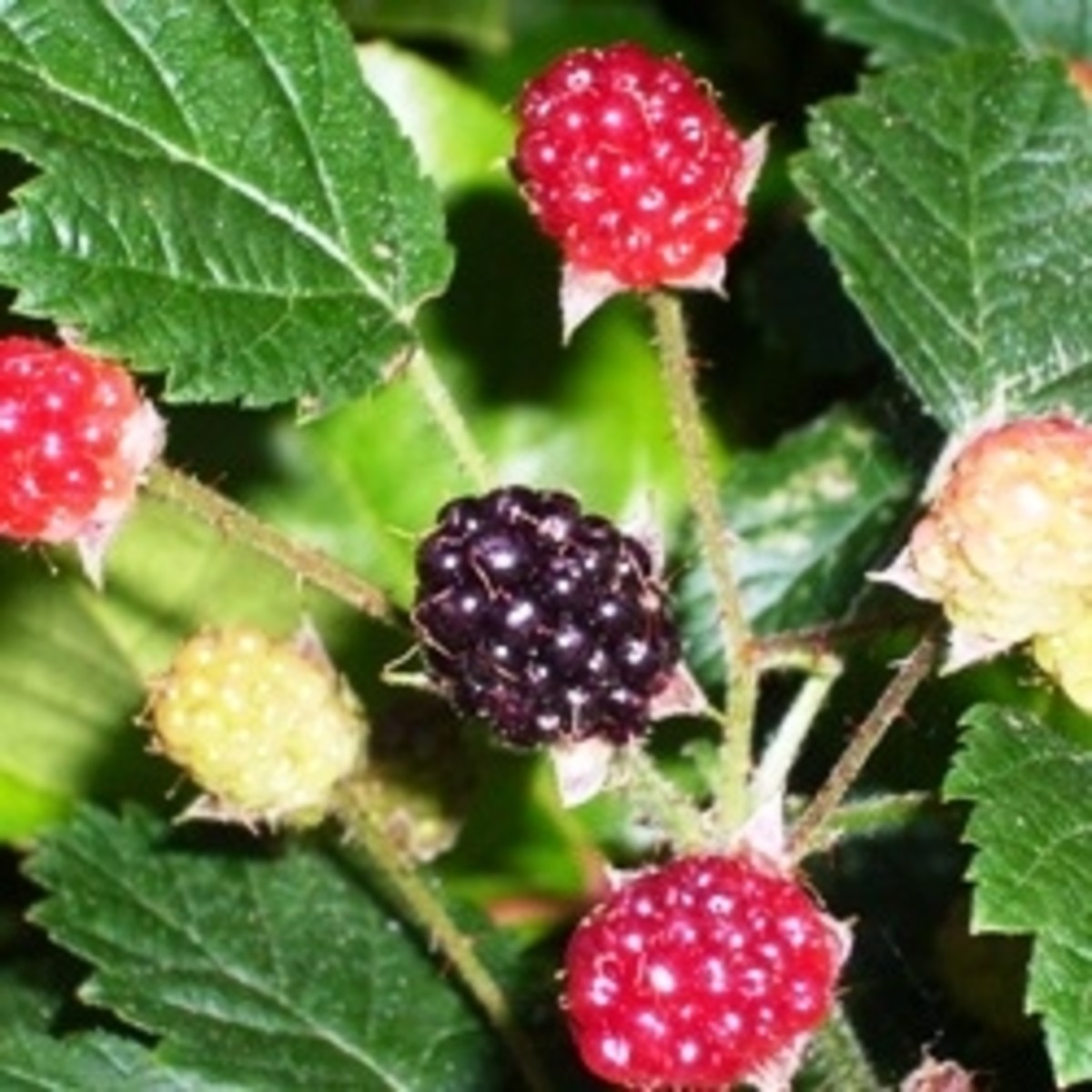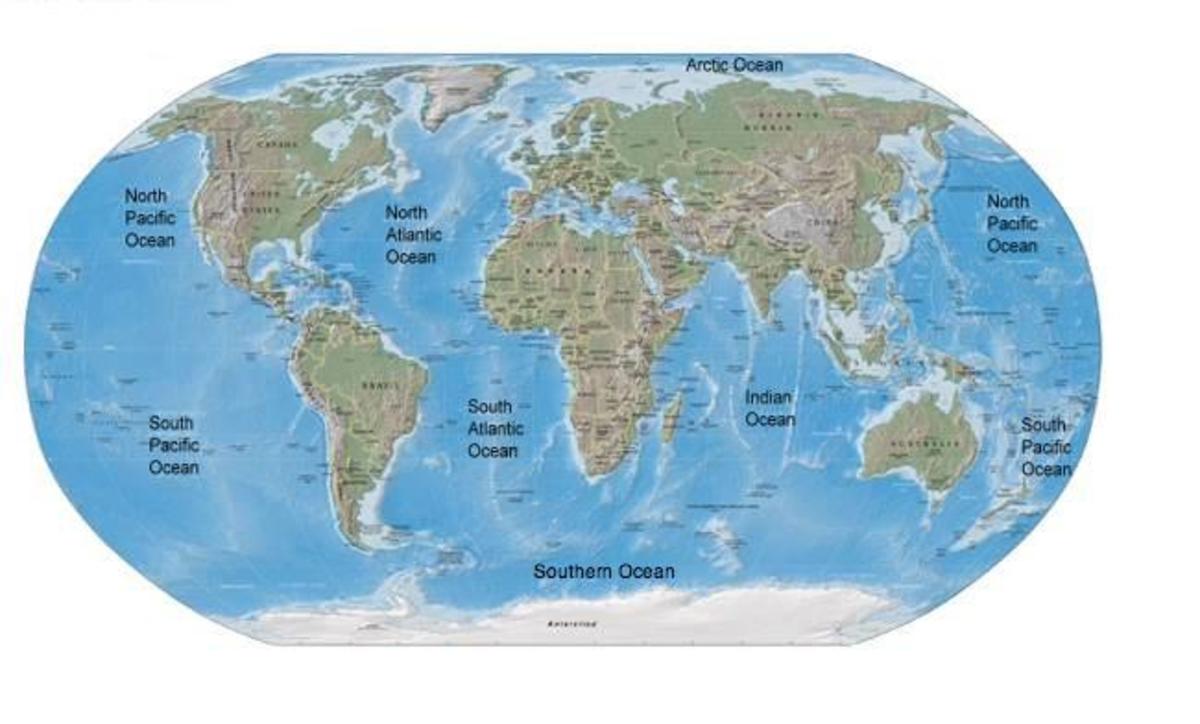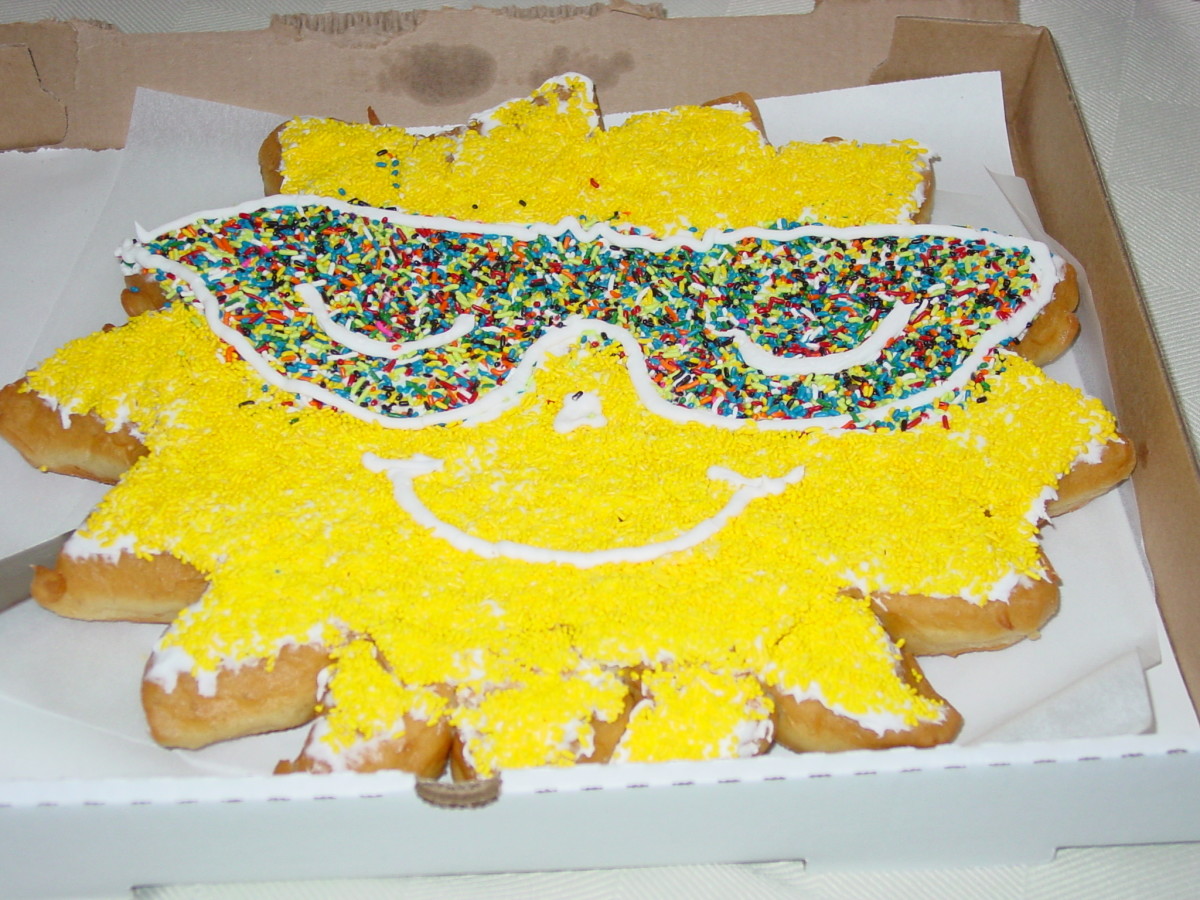I'll Take an Order of Dolphin to Go
Dolphin
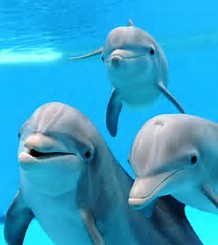
1. Describe the life history (reproduction, growth, life expectancy, etc.) of the orange roughy, mahi mahi, and Pacific Salmon.
The orange roughy live for over 100 years, maturing slowly in deep waters, they do not reproduce until they are in their twenties, at least, and they migrate hundreds of miles to spawning grounds around sea mounts. Therefore, they are much more likely (than many other fish) to be caught by fishermen before they reproduce.
The Mahi-mahi is known as one of the fastest growing fish, at 1 year they can reach over 6’ in length and 80 pounds +. Spawning frequently as they go about their short lifespan of less than 5 years they’re reproductive (birth) rate is extremely high.
Pacific Salmon lay their eggs during the months of September to January, in freshwater stream gravel. The eggs hatch between April and June. The fry grow into juveniles, remaining in the local estuary for a few months to 4 years; they then travel to the ocean to breed. Upon migrating and breeding, they may disperse into the ocean to grow. Between the ages of 2-6 they make the return trip back to the estuary to lay their eggs.
2. Where in the ocean is each of these species found?
The Orange roughy is found throughout the world along the coastal regions of Australia, New Zealand, Namibia and Chile, as well as the northeast Atlantic and the South Indian Ocean.
The Mahi-mahi is found around the Japanese, Indonesian archipelagos, Central and South American and Hawaiian coastal regions as well as the Red Sea and Eastern Mediterranean.
Pacific Salmon are found in local estuaries connecting to the coastal regions along the west coast of the US, up through Canada and into Alaska. They are also found in the oceans surrounding these areas.
3. How do the methods used to capture these organisms differ, and what are the effects on the environment?
-Commercial Trawling along seamounts ruins the habitat and often catches coral which then further depletes the rich environment of the area. It also degrades the breeding grounds and makes it more difficult for many fish to spawn. (Orange roughy)
-Troll lines and long lines pose an extreme threat to marine mammals such as sea turtles, birds and other fish species. (Mahi-mahi)
- Over fishing, there is a chance that certain species of Salmon are already commercially extinct.
-Long net, Drift net and drawing the bottom. Some say there is little to no direct impact on habitat when capturing Salmon in this way since they are not fully dependent on Ocean floor habitats the use of nets to capture them does not disrupt their natural environment however, the capturing of juveniles who have yet to spawn reduces the population and causes adverse effects on the population.
4. From a purely environmental standpoint (based on 1-3 above), which one should you order in a restaurant?
Mahi-mahi, via sustainable fishing techniques such as trolling, hook and line, pot and traps, etc. They are the fastest growing fish and like Salmon are able to be caught without disrupting the ocean floor. They grow extremely fast and reach 80+ pounds within the first year. They spawn frequently and do not require going back up stream through a diverse variety of other threats to lay their eggs.
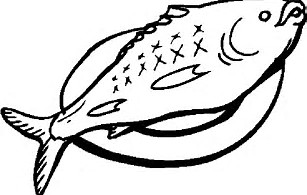
Side notes-
Salmon may be incredibly delicious and mouth-watering but knowing that they are going through a rough battle with dams and agriculture and urban sprawl, makes eating them kind of hard to do.
The Orange roughy will take 20+ years to reach a desirable breeding age, they tend to live along the deeper parts of the ocean and we are still learning more about their habitat. When captured via net, coral and other marine life are disrupted. This affects the breeding grounds for the roughy and disrupts the habitat of the juvenile. Long term effects are more likely. Also, capturing them puts us in the risk of directly effecting their population.
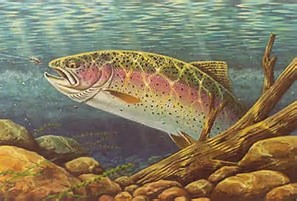
Biblio
http://www.environment.gov.au/cgi-bin/sprat/public/publicspecies.pl?taxon_id=68455
http://www.greenpeace.org/usa/en/campaigns/oceans/wildlife-facts/mahi-mahi/
http://www.bpa.gov/corporate/pubs/salmon_life-cycle.pdf
http://www.epa.gov/wed/pages/staff/lackey/pubs/illusion.htm
http://www.thedailygreen.com/environmental-news/latest/pacific-salmon-47031201
http://www.fishwatch.gov/seafood_profiles/species/salmon/species_pages/chum_salmon.htm
http://www.nmfs.noaa.gov/pr/species/fish/salmon.htm



